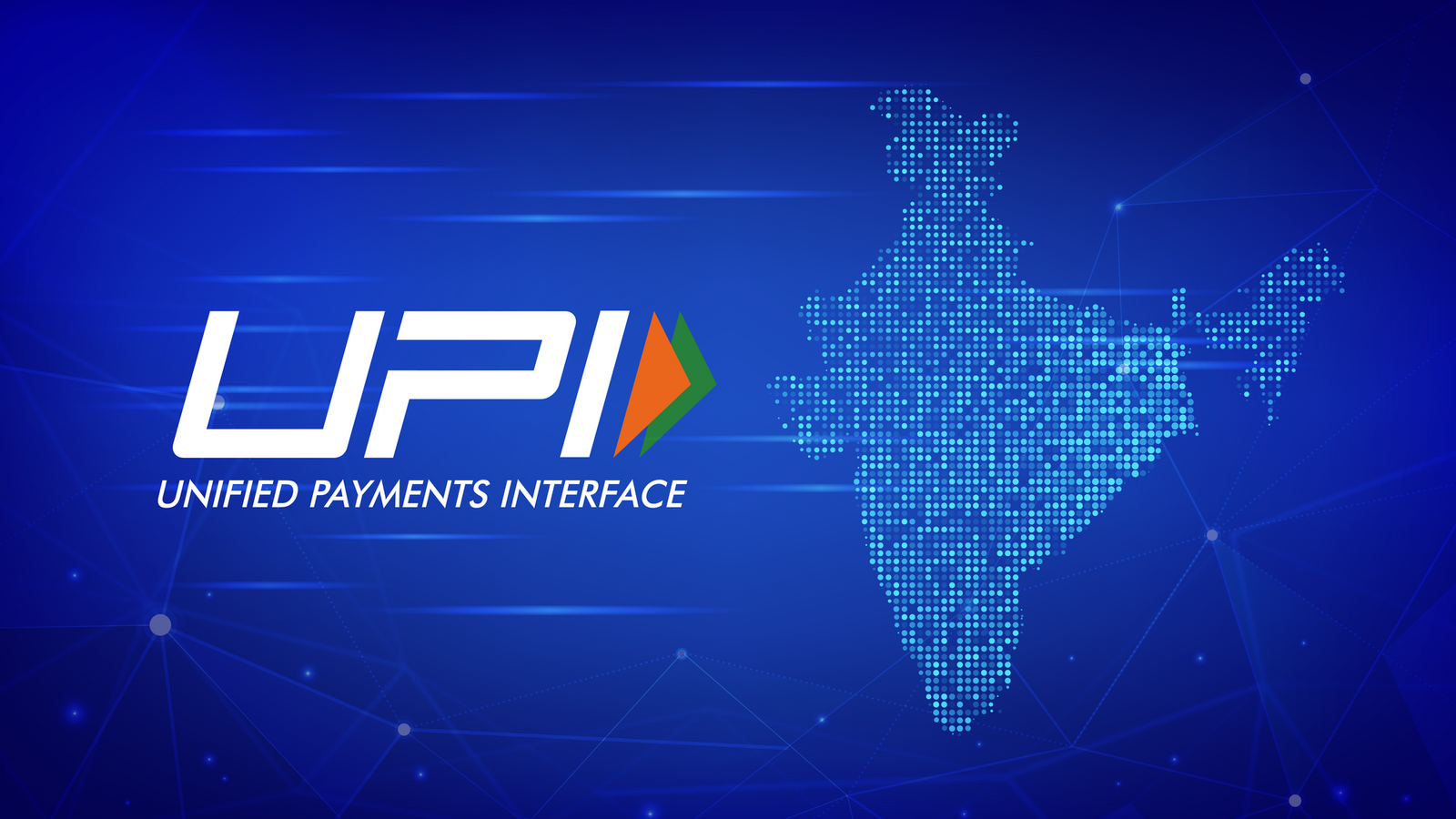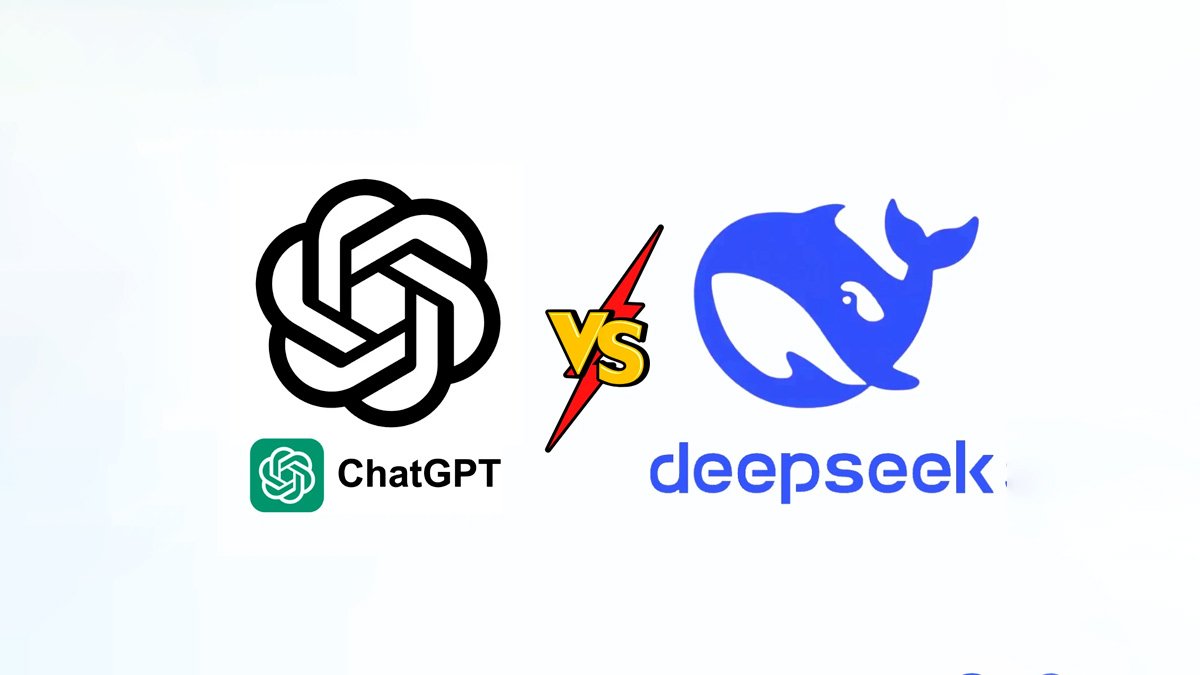
What Is UPI And How It Works In India?
Digital payments have changed the way people use money in India. Now, sending or receiving money is faster, safer, and easier. Well, a big reason behind this change is UPI, which stands for Unified Payments Interface. UPI was established by the National Payments Corporation of India in order to help people move money between bank accounts in real time. UPI allows anyone to pay for things, send money, or receive payments using just a smartphone. In this comprehensive guideline, you will walk through every crucial aspect of UPI and how it works. So, read ahead! A Brief Introduction to UPI UPI is abbreviated as Unified Payments Interface. This real-time payment system is developed by NPCI (National Payments Corporation of India). UPI helps people send and receive money quickly using their mobile phones. It can be used to shop online, pay bills, or transfer money anytime. One of the amazing facts is that UPI works through one simple app. This means there is no need to type in your bank details every time. Instead, you can complete the payment using your mobile number, QR codes, or a special UPI ID. Moreover, UPI runs on systems like AEPS and IMPS to move money super safely and fast between bank accounts. It has made digital payments easy for everyone, even for those people who have recently shifted to online banking. How Does UPI Work in India? Want to know about the working process of UPI? Let’s have a look at it in detail in the following; User Registration To make use of UPI, you first have to download a UPI app like PhonePe, Paytm, or Google Pay on your phone. Now, connect UPI to your bank account. Next, you need to make a distinctive ID called a UPI ID, for example user@bankname. This ID will help you send or get money without even sharing your full bank information. It is very easy, safe, and works right from your phone. Start a Transaction If you want to send money using UPI, you have a few easy choices. You can type in the other person’s UPI ID, like merchant@bankname, or you can scan a QR code using their phone. For instance, if you need to pay a shopkeeper, you just scan the shopkeeper’s QR code or enter the shop’s UPI ID. It is simple to use and the money goes straight to the shopkeeper’s bank account. Authentication To finish sending money with UPI, all you need to do is enter a secret number known as a UPI PIN. This is a 6-digit code that you can create when you set up the app. Entering the PIN helps you keep the account safe. Not only this, but it also makes certain that only the person who owns the UPI account can send money. The payment will never go through without the correct PIN. Transaction Processing The app sends the payment request directly to the UPI system once you type in your UPI PIN. The UPI system checks if everything is okay. Afterwards, it talks to your bank as well as the other person’s bank. If all the details are right, that means the money is sent. All of this happens in just a few seconds, and both people get a message showing that the payment was successful. Confirmation Once the banks say the payment is complete, you get a message right away. This message informs you whether the payment worked or not. The app might show, “Payment of ₹500 to merchant@bankname successful.” This helps you know your money was sent safely. If something goes wrong, the app shows a message too, telling you to try again or check the details. Settlement The UPI system ensures the money moves between banks quickly. Even though the banks may take a few hours to settle everything, you will get the money sent or received right away in your app. This means both you and the receiver know the payment was done, even if the banks are still finishing the final steps in the background. It helps make sending money easy for everyone. Concluding Remarks Last but not least, UPI has fully changed the way of using money in India. It makes paying fast, easy, and safe. You can send ₹10 to a friend or pay ₹10,000 for school, all from your phone. UPI helps millions of people, in both cities and villages, use digital money without the need for cash. It shows the world how real-time payments can work well. As new technology grows, UPI will get even better. It will help more people and move India closer to being a country where most payments are made without cash. Non-resident Indians (NRIs) can also now make use of UPI.









